Understanding a Cord of Wood: Size, Price, and Value
- September 27, 2024
- 0 comment
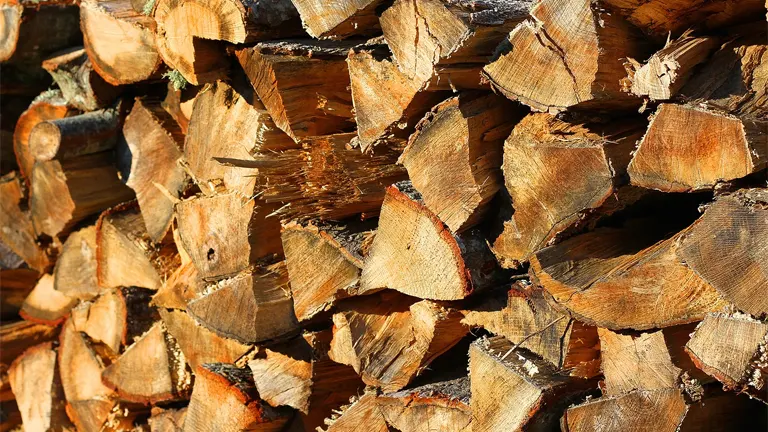
When buying firewood, it’s essential to know exactly what you’re paying for. A “cord” is the standard measurement for firewood, but what does a cord of wood really mean? How is a cord of wood measured, and what can you expect to pay for it? This guide will walk you through the basics covering cord of wood size, price, and value so you can make sure you’re getting the best deal possible.
What Is a Cord of Wood?
A cord is a standard firewood measurement, equaling a tightly stacked volume of 4 feet high, 4 feet wide, and 8 feet long, totaling 128 cubic feet. For the best value, the wood should be stacked neatly to minimize gaps between logs.
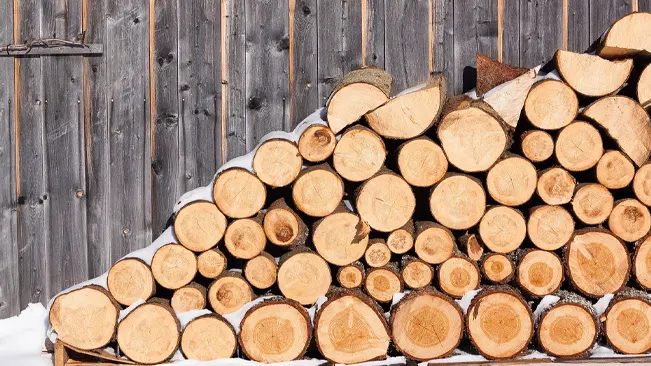
Picture it as a pile of wood that’s 4 feet tall, 4 feet deep, and 8 feet long. When arranged tightly, this becomes a “full cord.” However, real-world factors like wood type, moisture, and stacking method can affect the exact volume, so understanding cord measurements helps ensure you get what you pay for.
Types of Cords
Understanding the different types of cords can help you make an informed purchase. Below are the common types:
| Cord Type | Dimensions (Feet) | Volume (Cubic Feet) | Description |
| Full Cord | 4′ H x 4′ W x 8′ L | 128 | Standard cord with tightly stacked logs |
| Face Cord | 4′ H x 8′ L x 16-18″ Deep | ~43 | About one-third of a full cord; logs cut to standard firewood length |
| Rick | Varies (typically like Face Cord) | Varies | Regional term often similar to a face cord |
| Half Cord | 4′ H x 4′ W x 4′ L | 64 | Half the size of a full cord |
How Much Does a Cord of Wood Cost?
The cost of a cord of wood can range from $150 to $500, depending on several factors:
- Location: In rural areas, where wood is more abundant, prices are typically lower. Urban areas or regions requiring long transport often see higher costs for a cord of wood.
- Type of Wood: Hardwoods like oak, maple, or hickory generally cost more than softwoods (like pine or spruce) due to their longer burn time and greater heat output.
- Seasoning: Seasoned firewood—dried for at least six months—costs more than green wood because it burns more efficiently, often making it worth the extra expense.
- Time of Year: Prices peak during fall and winter when demand for firewood rises, while buying in spring or summer can lead to discounts.
- Delivery and Stacking: Some sellers include delivery, but stacking may be an extra charge. Confirm these details before purchasing.
These factors influence the final price of a cord of wood, so understanding them can help you get the best value for your money.
How to Determine the Value of a Cord of Wood
To get the best value for your cord of wood purchase, keep these tips in mind:
- Check the Measurements: Ensure you’re receiving a full cord (128 cubic feet). Measure the stack yourself or request details to confirm the wood volume matches a true cord.
- Seasoning: Ask if the wood is seasoned. Seasoned wood, which has dried for at least six months, burns more efficiently and provides better value than green wood with high moisture content.
- Hardwood vs. Softwood: For longer-lasting fires, hardwoods like oak or maple are ideal for wood stoves and fireplaces. Softwoods, such as pine, are suitable for kindling or quick-burning fires.
- Visual Inspection: Look for signs of quality, like cleanly split wood free from rot, mold, or insect damage. Quality wood will be ready for immediate use.
- Price Comparison: Compare prices from different sellers to find the best deal, ensuring you’re comparing similar wood types and quality.
Using these tips, you can confidently assess the firewood value and ensure you’re paying for quality.
Stacking and Storing Your Wood
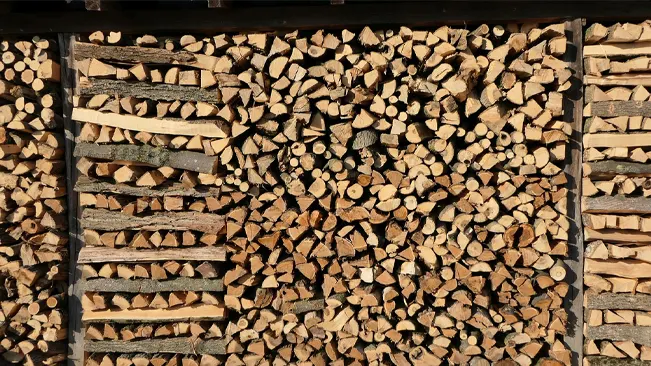
Proper storage is key to preserving the value of your firewood. Here’s how to store it effectively:
- Elevate the Stack: Keep wood off the ground by using racks or pallets to prevent moisture absorption, which can affect firewood value and burning efficiency.
- Store Away from Buildings: Place your woodpile away from buildings to reduce the risk of pests.
- Cover the Top Only: Use a tarp or similar cover over the top of the stack to keep it dry, leaving the sides exposed for ventilation to continue drying the wood.
Calculating the Cost per Burn
If you’re buying firewood mainly for heating, it’s helpful to calculate the cost per burn. Although hardwood has a higher upfront cost, it often proves more economical because it burns longer than softwood.
Understanding the BTU (British Thermal Units) output of different wood types can help you estimate the heat you’ll get from a cord of wood. For instance, hardwoods like oak and hickory have higher BTU ratings than softwoods like pine, making them more efficient and effective for heating purposes. For example:
- Hardwoods like oak or hickory have higher BTU ratings than softwoods like pine, making them more efficient for heating needs.
Additional Wood Cord Definitions
Beyond the standard full cord and face cord, there are a few more terms that buyers should be familiar with to make informed decisions when purchasing firewood. Each has specific dimensions and uses, so understanding these will help in selecting the right amount of wood for your needs.
| Cord Type | Dimensions (Feet) | Volume (Cubic Feet) | Description |
| Quarter Cord | 4′ H x 4′ W x 2′ L | 32 | A smaller stack of wood often used for small fireplaces or stoves. |
| Bundle | Varies, typically small stacks | 1-2 | Sold at grocery or convenience stores; suitable for small, occasional fires. |
| Truckload | Varies (depends on truck size) | Varies | A loosely defined term, often equivalent to a face cord or half cord depending on the vehicle. |
| Loose Thrown Cord | 4′ H x 8′ L x Varies in Depth (wood thrown loosely) | ~180 | A stack of unorganized wood that takes up more space, making it less efficient than a full cord. |
Costs of Different Wood Cords
The price of firewood can vary greatly based on size, type, and regional factors. Here’s a breakdown of typical costs for various cords and wood products:
| Wood Cord/Product | Average Cost (USD) | Notes |
| Full Cord | $150 – $500 | Hardwood will be on the higher end, while softwood will generally cost less. |
| Face Cord | $50 – $150 | Roughly one-third of a full cord, prices vary based on region and wood type. |
| Quarter Cord | $40 – $100 | Small stack of wood; good for those who need occasional fires. |
| Bundle | $5 – $10 | Convenient, small packages for camping or small fireplaces. |
| Truckload | $50 – $200+ | Dependent on the size of the truck; pricing varies if it’s a pickup or dump truck. |
| Loose Thrown Cord | $150 – $300 | Due to its loose stacking, this cord may seem larger but contains less actual wood than a full cord. |
Regional Price Differences
Firewood prices can vary widely based on location. Here’s how regional factors affect the cost of a cord of wood:
- Rural vs. Urban Areas: Firewood tends to be cheaper in rural areas with abundant wood supply. In urban areas, higher delivery costs and demand often drive up prices.
- Hardwood vs. Softwood: Hardwoods like oak, hickory, and maple usually cost more than softwoods like pine or fir because they provide higher BTU output and burn longer.
- Climate and Seasonal Demand: In colder regions, where firewood is essential for heating, prices peak in fall and winter. Buying in spring or summer may yield significant savings.
The Value of Different Wood Types
The type of wood within the cord plays a big role in determining the overall value. Here’s a quick breakdown of some common wood types and their general qualities:
| Wood Type | BTUs per Cord | Burn Qualities | Average Cost per Cord (USD) |
| Oak | ~24-26 million | Long burn time, high heat output, low smoke | $300 – $500 |
| Maple | ~24 million | High heat, moderate smoke, and a pleasant aroma | $250 – $450 |
| Pine | ~16-17 million | Quick-burning, produces more creosote | $150 – $300 |
| Birch | ~20-21 million | Burns quickly, moderate heat, and a slight aroma | $200 – $350 |
| Hickory | ~27-28 million | High heat output, slow-burning, great for heating | $350 – $600 |
| Cherry | ~20 million | Moderate heat, pleasant aroma, low smoke | $250 – $400 |
Buying Tips to Get the Best Price
To get the most value when buying firewood, keep these tips in mind:
- Buy in Bulk During the Off-Season: Purchasing a full cord or more in spring or summer, when demand is lower, often yields better prices.
- Go Local: Find local firewood sellers to save on transportation fees and potentially get fresher wood.
- Inspect Before Purchase: If possible, check the cord yourself. Look at the moisture content, wood type (hardwood vs. softwood), and stacking quality to ensure you’re getting good value.
Conclusion
Understanding the types of firewood cords, such as a full cord and face cord, as well as their exact measurements (like a full cord’s 128 cubic feet), is essential for firewood buyers. Clarify whether you’re purchasing a full cord, face cord, or other size to ensure you’re getting accurate wood cord dimensions.
When considering the price of a cord of wood, account for factors like the type of wood (hardwood vs. softwood), seasoned firewood prices, and regional price variations. Taking time to measure and inspect your firewood especially for issues like moisture content and stacking quality helps ensure value. Storing your wood properly will also prevent loss of quality, giving you the most efficient firewood value for your heating needs.
By knowing the cost of a cord of wood, whether it’s firewood cord size or wood prices per cord, you can make an informed choice to maximize the price per burn and ensure a warm season.

David Murray
Forestry AuthorI'm David Murry, a forestry equipment specialist with a focus on chainsaw operation. With over 13 years of experience, I've honed my skills in operating and maintaining a wide range of machinery, from chainsaws to log splitters. My passion for the outdoors and commitment to sustainable forestry drive my work, which emphasizes safety, efficiency, and staying updated with industry advancements. Additionally, I'm dedicated to sharing my expertise and promoting environmental awareness within the forestry community.

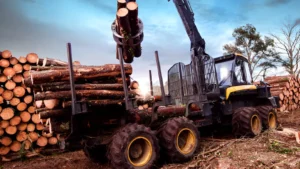





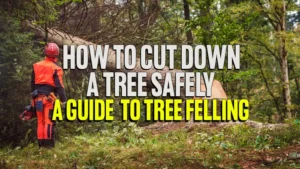





Leave your comment